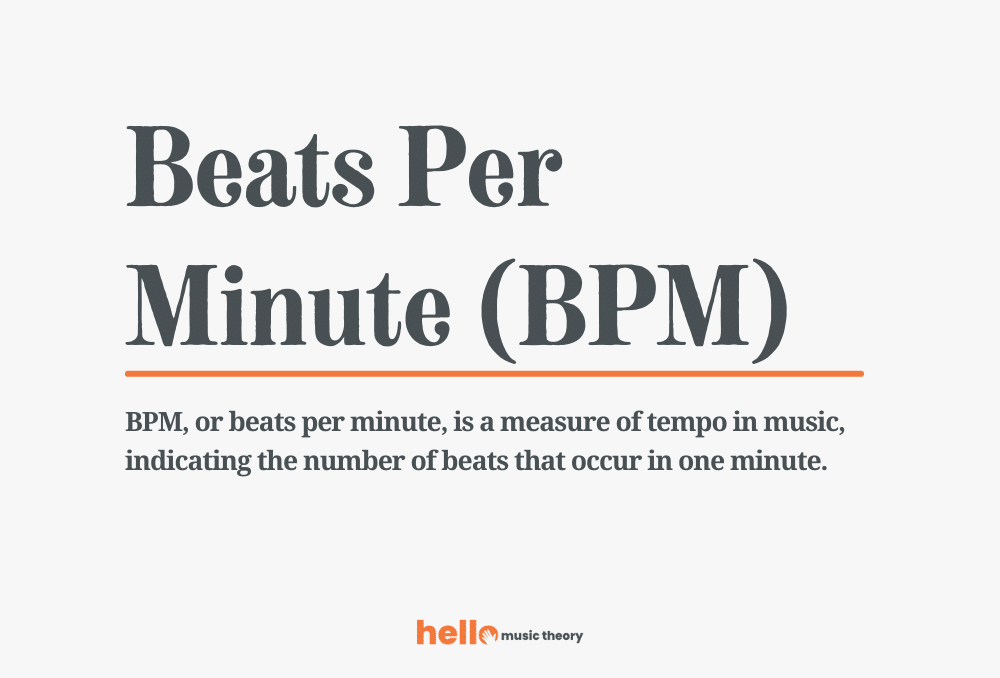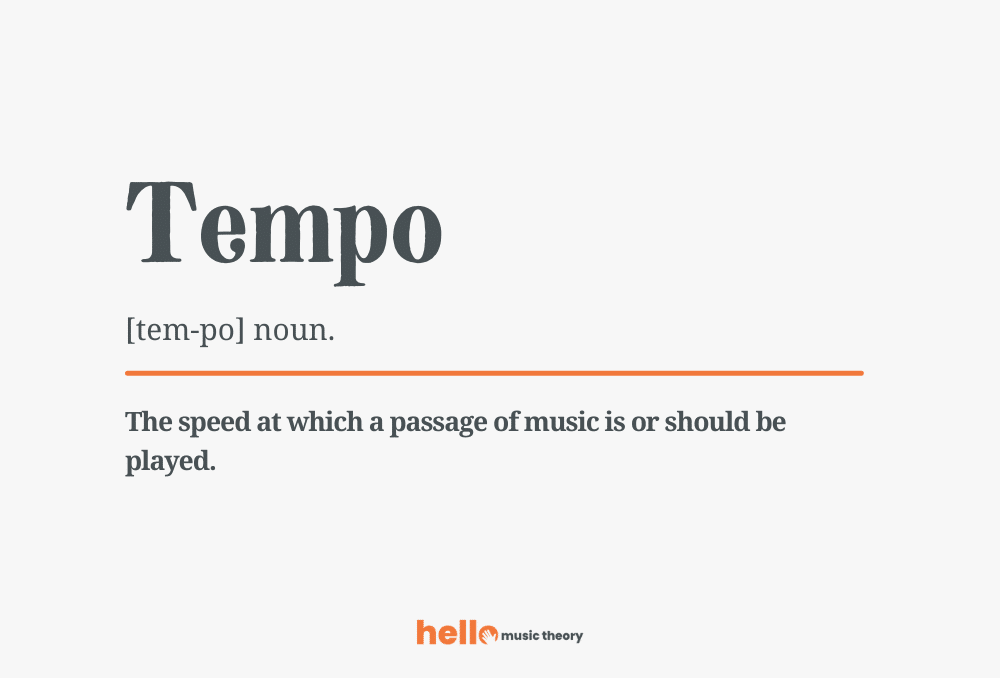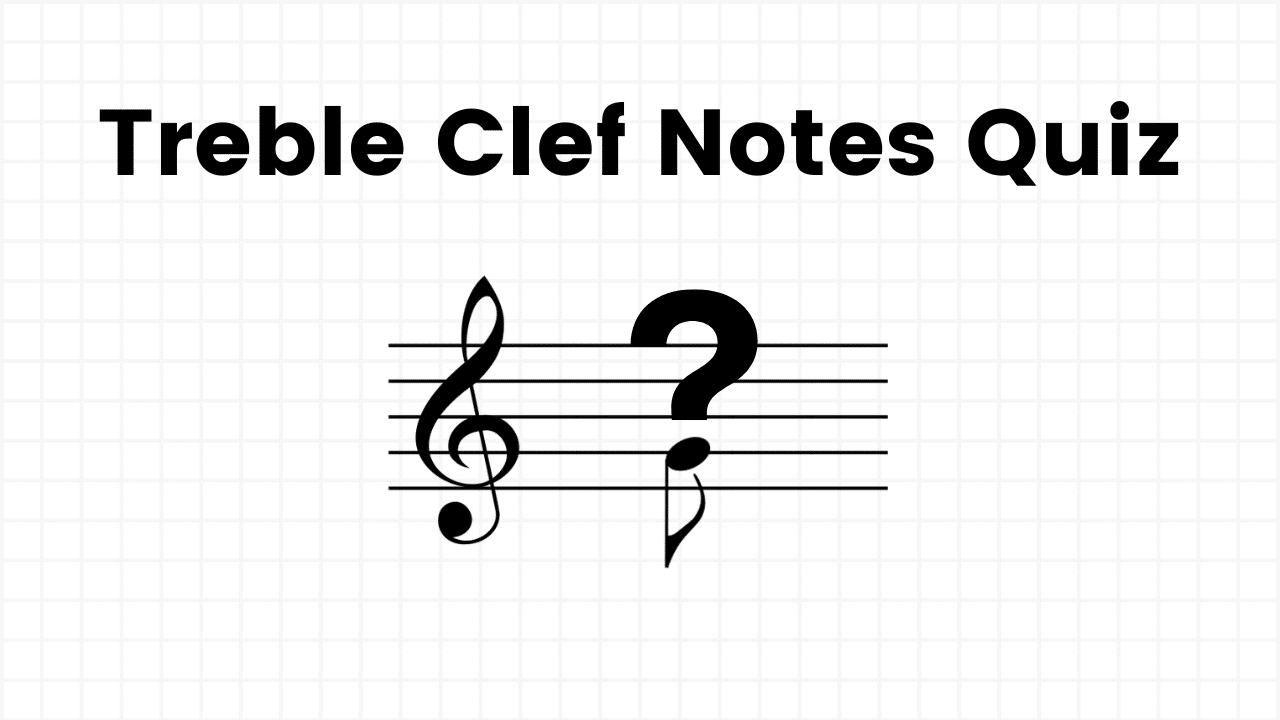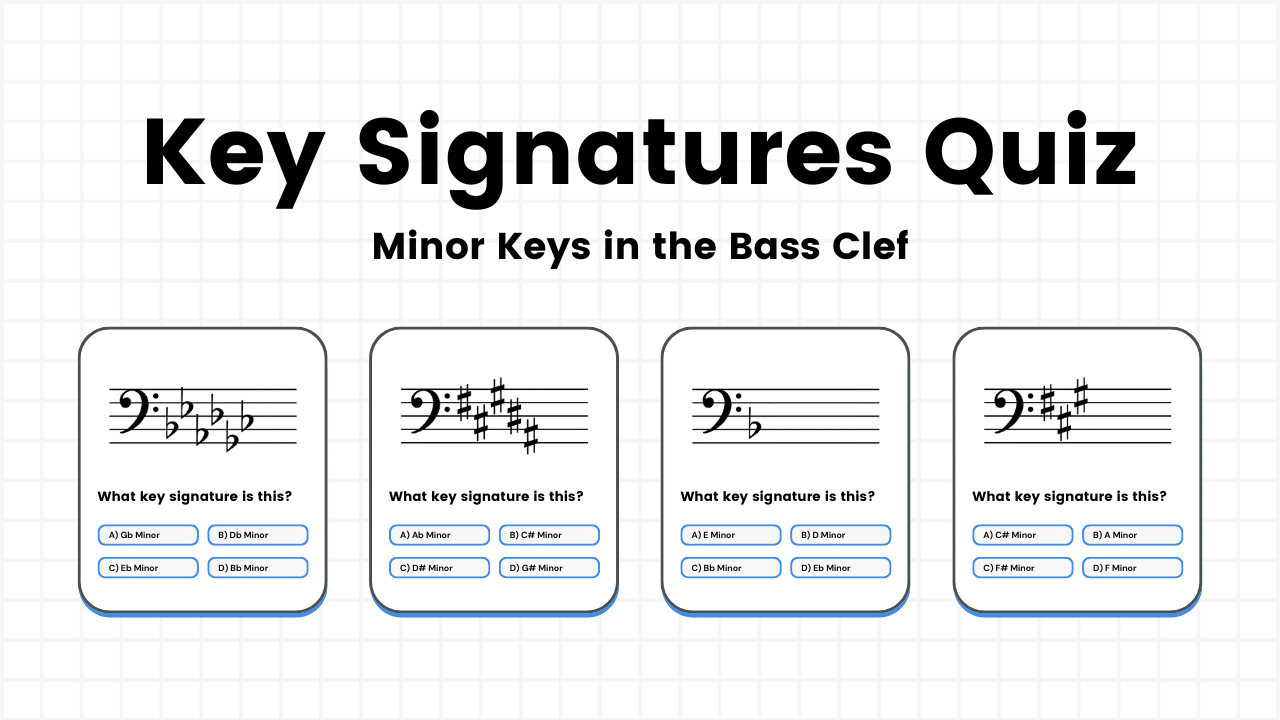Have you ever wondered what the letters BPM mean in music? Well, BPM is how we measure tempo (or speed) in music.
The acronym stands for “beats per minute.” Like the name suggests, BPM is how many beats you can fit in a minute.

With that in mind, can you figure out how many BPM the seconds hand on a clock moves at?
There are 60 seconds in one minute, so the second hand moves at 60 BPM.
You can think of BPM like a pie. The more slices you want to cut out of a pie, the smaller each slice has to be. Likewise, the more beats you want to fit into a minute, the smaller the amount of time each beat has to be.
So, a higher BPM means a faster tempo, and a lower BPM means a slower tempo.
What is Tempo?

To fully understand BPM, it will help to have a basic understanding of tempo. Tempo is the word we use to describe the speed at which a passage of music is or should be played.
Should it be played at a fast, medium, or slow tempo?
The faster the tempo, the more beats per minute there will be. And vice versa, the slower the tempo, the fewer beats per minute there will be.
How BPM is Marked in Music
If a composer wants you to play their piece at a specific BPM, they will mark it like this:
Type of note (quarter note, half note, etc.) = the BPM number
For example:

This marking tells us that there should be 70 quarter note beats played in one minute.
The BPM of Common Tempo Markings
Instead of writing an exact BPM, a composer may use a word to describe the tempo they want. This is because when these composers were composing, there was no accurate way to work out the BPM they wanted.
It wasn’t until the metronome was invented in 1815 that they were able to be more specific about their desired tempo.
These tempo markings are often written in Italian, and they encompass a range of BPM. Here are some common tempo markings and their BPMs:
- Larghissimo – extremely slow (< 24 BPM)
- Grave – very slow, solemnly (25-45 BPM)
- Largo – broadly (40-60 BPM)
- Lento – slowly (45-60 BPM)
- Adagio – slowly, with great expression (66-76 BPM)
- Andante – at a walking pace (76-108 BPM)
- Andantino – slightly faster than andante (80-108 BPM)
- Moderato – at a moderate speed (98-112 BPM)
- Allegro – fast, quickly, and bright (120-156 BPM)
- Vivace – lively and fast (156-176 BPM)
- Presto – very, very fast (168-200 BPM)
Working with a Metronome
To work out the BPM of a piece of music, you are going to need a metronome. This is a tool that can be set to your desired BPM and will tick at that speed. Think of it like a measuring tape for time.
You can use a metronome to help you play at a certain tempo or to find the tempo of a piece of music you hear.
Nowadays, there are lots of options, but the most convenient are online metronomes.
Recommended Tool
We built our own online metronome, which you can find here. Have a play around with it and try playing a piece of music at different tempos by changing the BPM.
How to Find a Song’s BPM
You can find a song’s BPM by matching the beat to a metronome. Many metronome apps also have a function that will tell you the BPM if you tap along to the beat.
If you want to get a feel for how different BPMs sound, you can go to our online metronome and set the BPM to different speeds!
Summing Up
We hope that helped make a bit more sense of what exactly BPM is in music. It’s a very important part of music as the speed that a song is played can dramatically affect the entire personality of the piece.
If you have any questions about things that we haven’t covered, feel free to get in touch, and we’ll get back to you.



